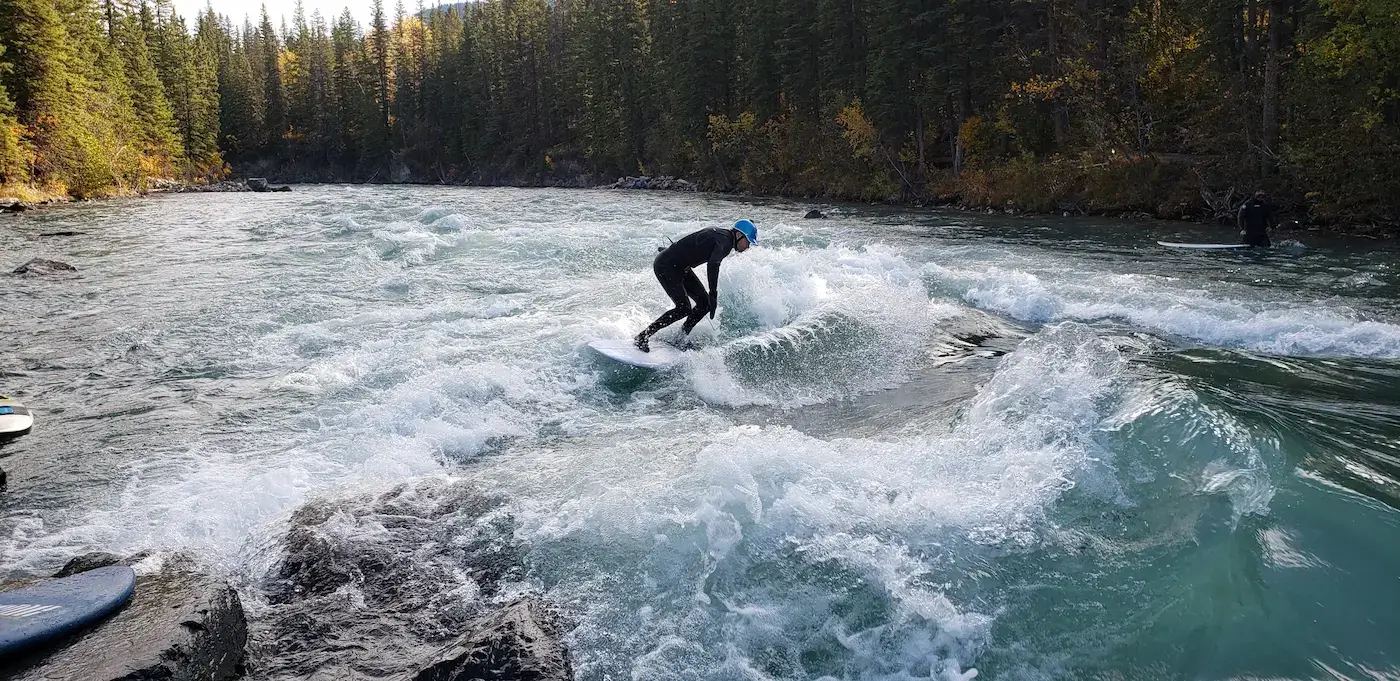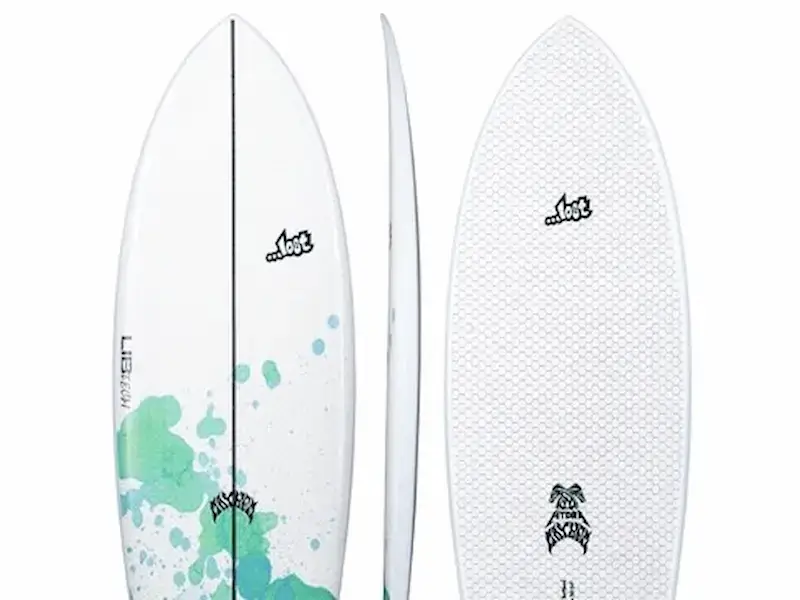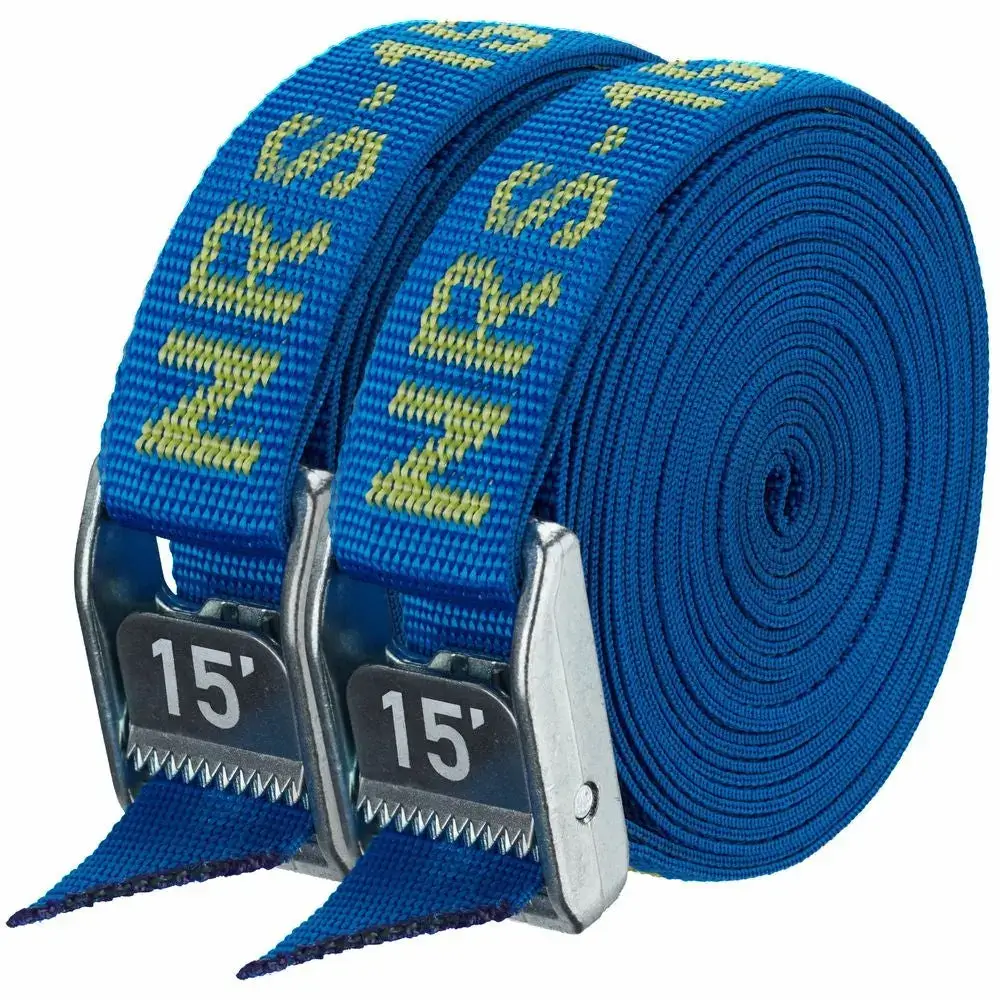River Surfing is a rapidly growing sport that provides a fantastic, healthy outlet for people to enjoy rivers and streams on their surfboards. It creates an opportunity for landlocked people to enjoy the fun, community and health benefits of surfing.
As a lifelong surfer and nearly lifelong whitewater kayaker and instructor, I am in a unique position to have insight into the potential pitfalls of surfing on the river. As the sport progresses the knowledge base within the community continues to grow, which is great to see. Below are a list of the major safety considerations for those of us out on the river enjoying the sport of river surfing, and a video discussing the key points with gear recommendations.
River Surfing Safety
LEASH ENTANGLEMENTS
I list this as the first consideration for the simple reason that those who have started out ocean surfing will not have this on their radar. In the ocean (as in the river), your leash is your lifeline to your board and it prevents long swims.
However, in the ocean once the wave passes over, you are in calm water and you simply get back on your board and paddle back into the lineup. In the river, however, the medium is constantly moving and there is potential for you to float to one side of a river obstacle (Obstacles can include Rocks, Logs, Bridge Pillars and more) and the board on the other side.
In this situation if you are using a NON-RELEASABLE leash, you can quickly be forced under water and the velcro on your leash strengthens its bond and it can become impossible to release. This has been the source of deaths and many near misses in river surfing over the years.
THE SOLUTION to this is to either use a releasable leash like the LeashLok or to go without a leash. The nature of the river you are surfing in and your personal comfort levels are going to be the deciding factor on that.
For more information, check our LeashLok Review.
Leashlok Leash Belt

$49.95
Leashlok Waist Surf Belt Overview and Use The go to quick release option for most river surfers. The Leashlok Leash Belt utilized your existing ankle leash and moves the attachment point to an easily accessible quick releasable waist belt. … Read More
FOOT ENTRAPMENTS
As with the leash entanglements, the constantly moving nature of rivers brings a number of potential hazards and risks to the river surfer. The next river surfing safety consideration are foot entrapments.
A foot entrapment occurs when a river user puts their feet down in moving water and they get one or both of their feet trapped beneath a submerged river obstacle such as a boulder or log.
When this occurs the situation can very quickly become fatal. The force of the water on the body in this entrapment situation can very quickly overpower the trapped person's ability to stay upright with their head above water.
At this stage, one of two things usually happens:
1. The force of the water breaks the trapped swimmers legs/ankles. This can be a blessing in disguise as in some situations this allows the swimmer to free themselves.
2. The water continues to force the swimmers head and body underwater. Without any assistance from rescuers the swimmer is very likely going to be unable to free themselves, resulting in drowning.
Note: Foot entrapments are, even for advanced rescue professionals, near impossible to resolve. The only real mitigation to this hazard is prevention.
Avoidance of Foot Entrapments is very SIMPLE!
- When you are off your board and in moving water that is above calf deep, just don’t stand up.
- Either slide onto your surfboard if it is close by and paddle to calm water (an eddy or pool) on your board.
- If you are unable to get back on your board, swim in a front crawl with your feet kicking and near the surface.
- If you are in no hurry to get to shore you can float on your back, with your feet downstream and use your hands to maneuver around the river and your feet to push off any above water obstacles.
PINNING
Pinning is an extension of the entrapment theme above and refers to when a swimmer/surfer in the river is pressed into a downstream feature from the upstream side and is unable to remove themselves without external assistance.
Pinning situations can sometimes be resolved by the swimmer by fighting and maneuvering into a position that allows the water to release them. In more serious situations, pinning can lead to drowning.
Some examples of objects in the river that can present pinning potential are:
SWEEPERS & STRAINERS
These are essentially trees in the river. Sweepers refers to trees that have been in the water long enough that their branches are no longer attached (ie. river has broken them off over time). Strainers refer to trees in the river that still have a significant number of branches still attached.
The simple strategy for any tree in the river is to STAY AWAY FROM THEM at whatever cost.
- When you roll up to a surf session look downstream to see if there are any trees below the feature you are surfing. If there are any, you need to come up with a fool proof strategy to ensure you’re not going to wind up in the sweeper or strainer
- If you don’t see a safe way to avoid the tree(s) you are likely best served to find somewhere else to surf.
Note: The river is incredibly powerful, even if you are a strong person/swimmer. If you wind up in a sweeper or strainer in the main flow of a river it is extremely unlikely you will be able to get out of it on your own. It becomes a more luck than good judgment scenario and there aren’t any waves I have surfed that are worth that equation.
Think of a strainer as a colander or spaghetti strainer. You are the object trying to be ‘strained.’ The force of the river pushes you into the strainer, you get hung up in the branches of the tree and the water carries on through.
ROCKS & BOULDERS
This river surfing safety consideration is a pretty simple one: rocks or boulders that protrude above the surface and have water flow piling into them can have a pin potential. If the rocks are smooth and rounded on the upstream side they pose less of a risk.
Flat, jagged or undercut (think cave underwater with boulder protruding above) boulders tend to have a higher pinning potential.
To avoid pinning on rocks and boulders:
- Identify rocks and boulders that are downstream of the feature you are surfing
- Have a swimming/paddling action plan for where you are going to go once you come off the wave
- Choose whether or not to use a releasable leash or no leash based on the hazard(s) you have identified
UNDERCUTS
Undercuts are where the constant flow and power of the river carves out a cave beneath the surface of the river and are another substantial river surfing risk. These often happen in large midstream boulders or cliff walls (particularly on the outside of bends).
With a keen eye you can identify undercut cliffs and rocks by looking for the following:
- A cliff or rock with an undercut will usually have no ‘pillow wave’ on it.
- When the force of the river hits an immovable object that is uniform, the water gets pushed back upstream creating a wave on the upstream side of the feature (this wave will be above water level). This suggests there is NO UNDERCUT
- When a rock or cliff is undercut there is no mass for the water to pillow up against, the water goes below river level into the cave and the surface of the river on the upstream side of the undercut feature is typically smooth. This suggests the feature is UNDERCUT
How to prevent getting caught in an undercut:
- Identify boulders or cliff walls below the feature you are surfing
- Then identify if you think these features are undercut (no pillow wave)
- Decide whether you can safely swim/paddle away from these features even after a long exhausting surf or an unexpected wipeout.
Note: Undercurrents are often places where logs, trees and other river debris winds up. This can be a secondary hazard on top of just being trapped in the undercut itself.
SIEVES
Sieves on rivers are a truly nasty hazard and often very hard to identify. They often occur in areas where rocks have been piled into the river. Either by man or by rock fall.
Essentially, a sieve is where water goes in through a pile of rocks and comes out the other side (either above water or underwater).
Where sieves become a hazard for river surfers is if there is significant flow going into a pile of boulders and that opening is large enough for a swimmer to go into it. The rock jumble then ‘chokes’ up and the water can still move through it but the swimmer is too large to exit at the end of the sieve. Sieves present an often impossible rescue situation even for experienced rescuers.
How to Identify Sieves
- For the untrained eye, sieves are really hard to spot, however you are looking for
- Often a pile of rocks with a large opening on the upstream side with water flowing into it
- When you look on the downstream side of the boulder ‘choke’ you can see water flowing out.
- This could also be not visible as the exit could be underwater
How to prevent issues with sieves
- Identify sieves downstream from the wave you are river surfing.
- Avoidance is key: if you think there is one that is large enough to entrap a swimmer, find somewhere else to surf or have an air tight swimming/paddling strategy for avoiding it.
MAN MADE STRUCTURES
Bridge pillars, disposed of shopping carts etc are prime examples of man made objects/structures that can present pinning potential. Treat man made structures the same as the Rocks and Boulders category above.
IMPACT INJURIES
Impact injuries can happen in both ocean and river surfing so these are not really unique to river surfing. However, the constant and unrelenting movement of the river and the rocky nature of them perhaps magnifies the risk in many locations over surfing in the ocean.
Impact injuries in river surfing can come from boards, rocks and other obstructions in the river.
Some ways to minimize the potential for impact injuries in river surfing are:
- Always fall flat when you come off your board, a belly or back flop are ideal
- Wear a helmet
- Wear a PFD or impact vest
- Ensure you are swimming in the river with your feet and body as close to the surface as possible
- Know where the potential impact hazards are downstream of the feature you are surfing.
- Always wear durable footwear, ripping your toe nails off on a rock is rather unpleasant
- Wear a wetsuit. It provides flotation and impact protection
COLD EXPOSURE
Now, this won’t be for everyone. If you are river surfing in a warm water/climate environment then you can skip this. In the Canadian Rockies (where AQ Outdoors is located) the water is almost always cold. At any time (except the peak of summer) it can snow on any given day.
So, for those of us surfing in cold or frigid waters it is important to understand the ‘snowball’ effect of cold water exposure.
Some of the effects/signs of cold exposure:
- Reduced decision making capacity
- Hypothermia
- Slurred speech
- Shivering and shaking
Ways to mitigate cold exposure:
- Wear an appropriate thickness wetsuit
- Wear gloves and hoods in really cold conditions
- Wear appropriate thickness booties for the temperature of water and air
- Choose locations in super cold weather where you can easily get somewhere to warm up. This could be a car, building or anywhere heated
- PFDs and Impact vests provide not only protection but insulation when surfing in cold water
- Helmets also provide protection and insulation
NRS Toaster Mitts

$119.95
The mitten-style design of the‚ NRS Toaster Mitts increases warmth while the raw neoprene palm and pre-curved shape enhance grip and dexterity in this best-selling paddling "glove." Make it a toasty experience while paddling, use the‚ NRS Toaster Mitts. Features… Read More
FLUCTUATING RIVER LEVELS & FLOODING
Ocean surfers deal with changing tides and winds. River surfers deal with potential for changing water levels and the possibility for flooding. Not only could these factors dramatically change the feature you are surfing (and in turn the safe areas you have identified on the river), but it can rapidly increase your risk of injury or worse situations arising on the river.
Rising river levels can be brought on by rain, snow melt or on dammed rivers, increased need for hydro generation or flushing of reservoirs etc.
Ways to prevent being caught out by rapidly fluctuating water levels (flooding)
- Understand if the river you are on is free flowing or dammed
- If free flowing have an idea of what feeds it (rain, glacier melt, snow melt etc)
- Check the weather, warm temperatures and lots of rain in the catchment area are the recipe for rapidly rising river levels
- Check the current river flows on the Paddlingmaps.com website
- Take note of the trend, is it going up quickly, flat lined or dropping?
- This habit will also help you ensure you get waves at their best too.
- If the river is dam released check online for the release volume and schedule.
- Make sure you know the optimal flows for the wave you are going to surf.
Note: One other hazard that often arises from rapidly rising water levels is floating debris. This also happens with some regularity after the winter freeze. If you are on a river that is in high water or early in the spring it doesn’t hurt to have a spotter on shore looking for rogue debris coming down from upstream.
OTHER RIVER USERS
In ocean surfing you deal with rogue swimmers, crowded lineups and jet skiers. In the river environment you have rafters, kayakers, canoeists and more. Oftentimes the wave you are surfing on may create a ‘horizon line’ for river users coming from above. This may obscure their view of you or other surfers on the wave below.
On busier rivers it is worth having upstream spotters to communicate between surfers and other river users. Be courteous, accommodate other users and use clear communication to ensure everyone stays safe and enjoys their respective days on the river.
RIVER SURFING SAFETY SUMMARY
Well, that turned into a pretty exhaustive river surfing safety list. If you have made it this far well done, you now know more than most river surfers about the potential hazards whilst river surfing.
It is important to note that although the list is long and a bit intimidating, by choosing locations suitable to your skill and experience level you can mitigate all these risks – river surfing is an extremely safe pastime.
At AQ Outdoors we are passionate about river safety (whether it be surfing, kayaking or other activities) and we offer programs at all levels to help educate river users on safe use of the river.
We also sell river surf and river surf safety equipment and offer free shipping on most items over $110 across Canada.
If you have any questions relating to this article – river surfing or whitewater paddlesports – please don’t hesitate to contact us via any of the methods below. Thanks for reading and happy surfing!
Shop AQ Outdoors River Surfing Safety Collection
Related River Surfing Articles
Best River Surfboards | Complete Guide
OTHER RESOURCES
Alberta River Surfing Association
River Surfing Safety Article (Alberta River Surfing Association)
Author
Simon Coward: Grew up on the SE coast of Australia and has been surfing since he can remember. The last few years has been a humbling experience transitioning strong ocean surfing skills from youthful times to the river environment. Made even more humbling by the fact that he has been teaching whitewater kayaking for 25 years. It does however situate him in a position to be well versed on river safety for river surfing.
AQ Outdoors Contact
Edmonton: (p) 780 463-4892 (e) info@aquabaticsedmonton.com
Calgary: (p) 403 288-9283 (e) info@aqoutdoors.com





















































